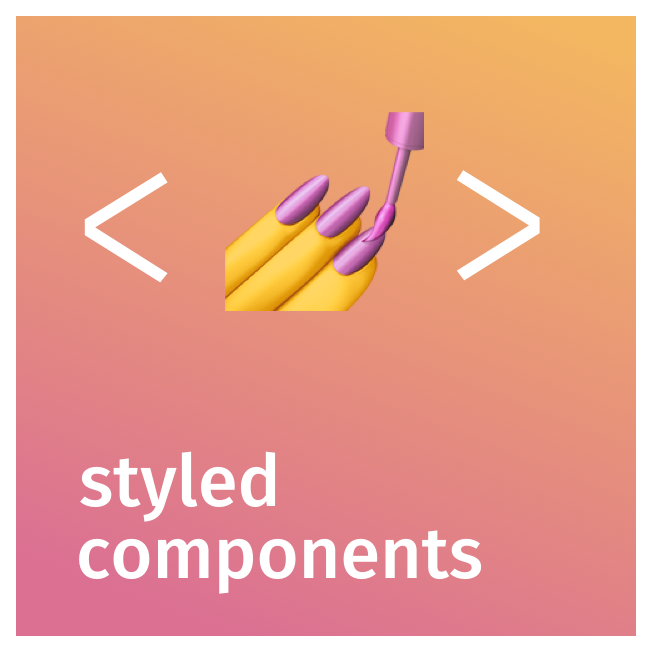Combining Inline Style Objects in React
Learn different techniques and best practices for combining multiple inline style objects effectively in your React components to achieve dynamic and maintainable styling.
Learn different techniques and best practices for combining multiple inline style objects effectively in your React components to achieve dynamic and maintainable styling.
Inline styles in React allow you to apply styles directly to elements. However, managing numerous style rules within a single element can become challenging. Let's explore two effective methods for combining multiple inline style objects in React to enhance code organization and readability.
In React, you can style your components directly using inline styles. However, managing multiple style rules within a single element can become cumbersome. Here's how to effectively combine multiple inline style objects in React:
1. Using the Spread Operator (...)
The spread operator offers a concise way to merge objects in JavaScript, making it ideal for combining style objects:
const baseStyle = {
backgroundColor: 'lightblue',
padding: '10px'
};
const activeStyle = {
fontWeight: 'bold',
color: 'white'
};
const MyComponent = () => {
const isActive = true;
return (
<div style={{ ...baseStyle, ...(isActive ? activeStyle : {}) }}>
This is my component
</div>
);
};In this example:
baseStyle defines the default styles.activeStyle contains styles applied when isActive is true....) to merge both objects into a single style object.activeStyle only when isActive is true.2. Using Object.assign()
Object.assign() provides another method for merging objects:
const baseStyle = {
backgroundColor: 'lightblue',
padding: '10px'
};
const specialStyle = {
border: '2px solid red'
};
const MyComponent = () => {
return (
<div style={Object.assign({}, baseStyle, specialStyle)}>
This is my component
</div>
);
};Here, Object.assign() merges baseStyle and specialStyle into a new object, which is then applied as inline styles.
Important Considerations:
<style> tags. Use them judiciously.Object.assign() are suitable for dynamic styling based on props, state, or other conditions.This JavaScript code demonstrates two methods for dynamically applying inline styles in a React component. It uses the useState hook to manage an isActive state, which determines the styles applied to two divs. The first div showcases inline style merging using the spread operator, applying additional styles when isActive is true. The second div utilizes Object.assign to achieve a similar outcome, dynamically changing the border style based on the isActive state. Both examples illustrate how to create interactive components with conditional styling in React.
import React, { useState } from 'react';
const App = () => {
const [isActive, setIsActive] = useState(false);
// Base styles for the component
const baseStyle = {
backgroundColor: 'lightblue',
padding: '10px',
border: '1px solid gray',
cursor: 'pointer',
};
// Styles applied when isActive is true
const activeStyle = {
fontWeight: 'bold',
color: 'white',
backgroundColor: 'blue',
};
return (
<div>
<h1>Combining Inline Styles in React</h1>
<h2>Using the Spread Operator</h2>
<div
style={{ ...baseStyle, ...(isActive ? activeStyle : {}) }}
onClick={() => setIsActive(!isActive)}
>
Click me to toggle active state
</div>
<hr />
<h2>Using Object.assign()</h2>
<div
style={Object.assign(
{},
baseStyle,
isActive ? { border: '3px solid green' } : {}
)}
>
This component has a dynamic border
</div>
</div>
);
};
export default App;Explanation:
State Management: We use useState to manage the isActive state, which determines whether to apply the activeStyle.
Spread Operator Example:
style attribute of the first div uses the spread operator (...) to merge baseStyle with activeStyle conditionally.isActive is true, activeStyle is spread into the resulting style object; otherwise, an empty object {} is used to avoid modifying baseStyle.Object.assign() Example:
div demonstrates Object.assign() to merge baseStyle with a dynamic border style based on isActive.Dynamic Behavior: Both examples showcase dynamic styling by updating the component's appearance when isActive changes (triggered by clicking).
This example illustrates how to effectively combine multiple inline style objects in React using both the spread operator and Object.assign(), providing flexibility for dynamic and conditional styling.
Beyond the Basics:
<div style={[baseStyle, isActive && activeStyle, specialStyle]}>Best Practices:
By understanding the strengths and limitations of inline styles, and by employing these techniques and best practices, you can write cleaner, more maintainable, and performant React code.
This article provides two methods for effectively combining multiple inline style objects in React components:
| Method | Description | Example |
|---|---|---|
Spread Operator (...) |
Merges objects concisely, ideal for conditional styling. | style={{ ...baseStyle, ...(isActive ? activeStyle : {}) }} |
Object.assign() |
Merges objects into a new object. | style={Object.assign({}, baseStyle, specialStyle)} |
Key Points:
Combining multiple inline style objects in React is a common task when building dynamic and visually appealing user interfaces. The spread operator and Object.assign() provide straightforward ways to merge style objects, enhancing code readability and maintainability. However, remember that inline styles have high specificity and can impact performance if overused. For more complex styling scenarios, exploring CSS Modules or CSS-in-JS libraries like styled-components is recommended. By understanding these techniques and considerations, developers can make informed decisions about styling React components effectively.
 How to Combine Multiple Inline Style Objects in ReactJS | In React, merging multiple inline style objects is essential for flexible styling. Techniques like object spread, Object.assign, array reduce, Lodash merge, conditional merging, and functional style merging offer versatility in styling solutions.
How to Combine Multiple Inline Style Objects in ReactJS | In React, merging multiple inline style objects is essential for flexible styling. Techniques like object spread, Object.assign, array reduce, Lodash merge, conditional merging, and functional style merging offer versatility in styling solutions. How to merge multiple inline style objects ? - GeeksforGeeks | A Computer Science portal for geeks. It contains well written, well thought and well explained computer science and programming articles, quizzes and practice/competitive programming/company interview Questions.
How to merge multiple inline style objects ? - GeeksforGeeks | A Computer Science portal for geeks. It contains well written, well thought and well explained computer science and programming articles, quizzes and practice/competitive programming/company interview Questions. How to Set Inline Styles | Jul 13, 2020 ... ... inline style to multiple elements. In React, inline ... Combine multiple style objects using the spread operator. import React from "react ...
How to Set Inline Styles | Jul 13, 2020 ... ... inline style to multiple elements. In React, inline ... Combine multiple style objects using the spread operator. import React from "react ... Why We're Breaking Up with CSS-in-JS - DEV Community | Hi, I'm Sam — software engineer at Spot and the 2nd most active maintainer of Emotion, a...
Why We're Breaking Up with CSS-in-JS - DEV Community | Hi, I'm Sam — software engineer at Spot and the 2nd most active maintainer of Emotion, a... Advanced Usage - styled-components | Theming, refs, Security, Existing CSS, Tagged Template Literals, Server-Side Rendering and Style Objects
Advanced Usage - styled-components | Theming, refs, Security, Existing CSS, Tagged Template Literals, Server-Side Rendering and Style Objects